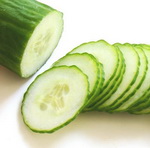|
Cooking Cutting Techniques – Knife Basics
Cooking cutting techniques are a part of cooking basics with basic techniques in handing knives being the key to not slicing off fingers or other cutting injuries during food preparation.
There are some recommended ways to hold both knives and food while mincing, chopping, slicing, dicing and cubing. The knife should be sharpened on a honing steel before each use. Foods should also be cut using a cutting board with a wet towel underneath to keep the board from slipping. It is recommended that cutting boards should be of wood or soft plastic, since harder surfaces will dull the blades quicker.
Knives should never be placed in the dishwasher but should be washed and dried by hand immediately after each use, and never allowed to soak in water since even fine steel is subject to rust.
The basic way to hold a knife with the chef’s knife being the example here, is for those that are right handed is in the right hand near the blade, with the thumb on the left side of the knife handle and the other fingers including the pinky finger close together and wrapped around the other side of the handle.
In the other hand the food item that should be cut is balanced by making a claw shape with the other hand and tucking the thumb and pinky finger behind the other three fingers, so that they are protected as the other three fingers rest on the food that is to be cut.
Some Cooking Cutting Techniques Terms
Bias/Diagonal Cuts
Bias otherwise known as diagonal cuts, are produced when the knife slices the food item at an angle.
Chopping
Chopping refers to cutting food into small irregular pieces, which can be either a fine chop which results in very small irregular pieces less than ¼ inch or a coarse chop with ½ to ¾ inch irregular pieces.
Cubing
Cubing refers to cutting food items into small uniform cubes of ½ - 1 inch in size.
Dicing
Dicing refers to cutting food items into small uniform cube shaped pieces of 1/8 – ¼ inches in size.
Julienne Strips
Julienne strips refer to progressively cutting thinner and thinner lengthwise strips of a food item, such as those types of strips cut for thin French fries.
Mincing
Mincing is cutting into very small irregular pieces less than 1/8 inch.
Peeling
Peeling refers to removing the skin from a fruit or vegetable food item, with either a paring knife or a vegetable peeler.
Shredding
Shredding involves rubbing food across a tool such as a grater or cutting food into very fine pieces using a chef’s or utility knife.
Slicing
Slicing refers to cutting food into broad or flat thin pieces.
For a really great short video on cooking cutting techniques click on the link to youtube.com For some great sections on cooking cutting techniques, some great references are:
• The Taste of Home Cookbook – All New Edition from Taste of Home Books, Reiman Media Group
• The All New Good Housekeeping Cook Book, Edited by Susan Westmoreland, Hearst Books, New York
• Betty Crocker Cookbook – New Edition, by Wiley Publishing, Inc.
• The Food Encyclopedia by Jacques L. Rolland and Carol Sherman with other contributors
Cooking Basics
|
Cutting Techniques
Cutting Board
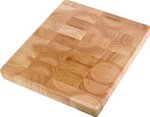
Bias/Diagonal Cut
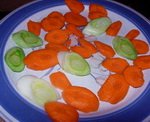
Chopping
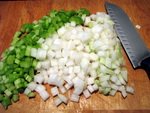
Cubed Cutting Technique
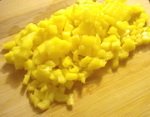
Diced
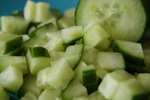
Julienne Strips
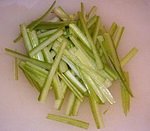
Minced Cut
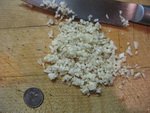
Peeling
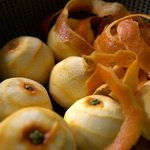
Shredding
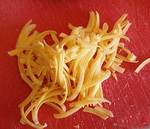
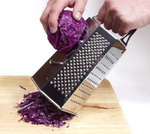
Slicing Technique
